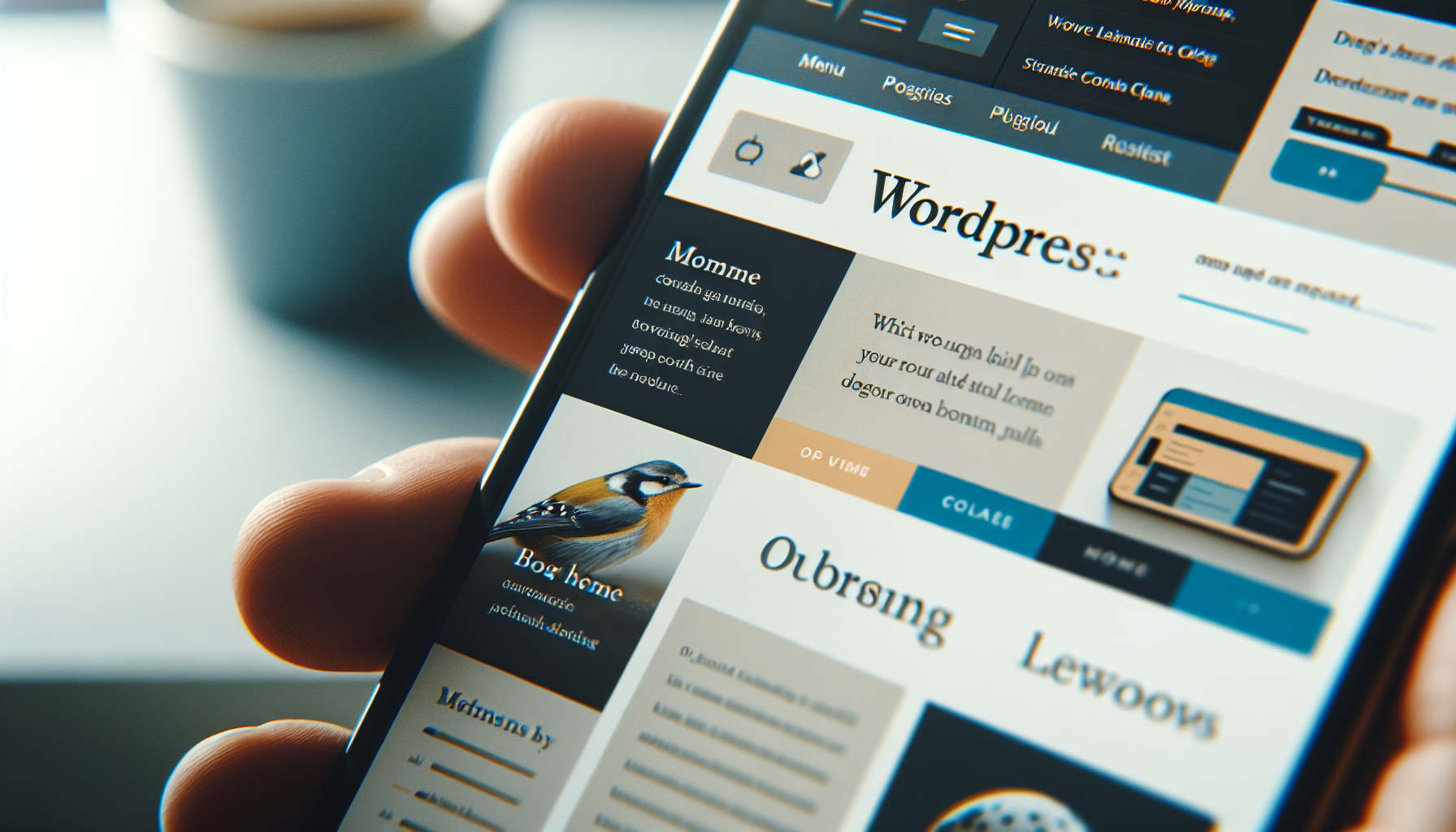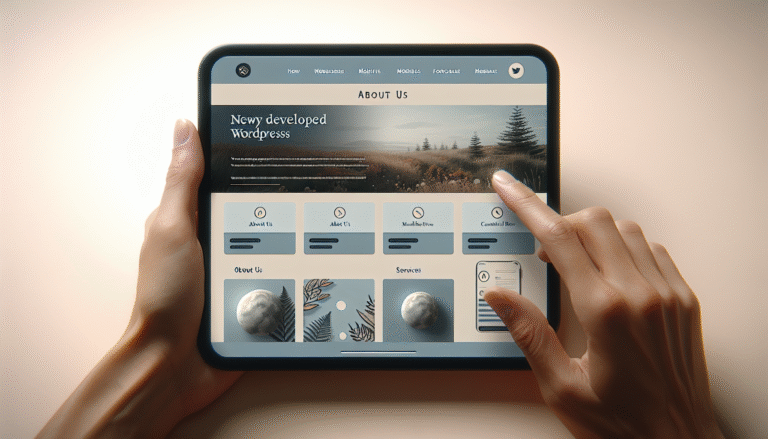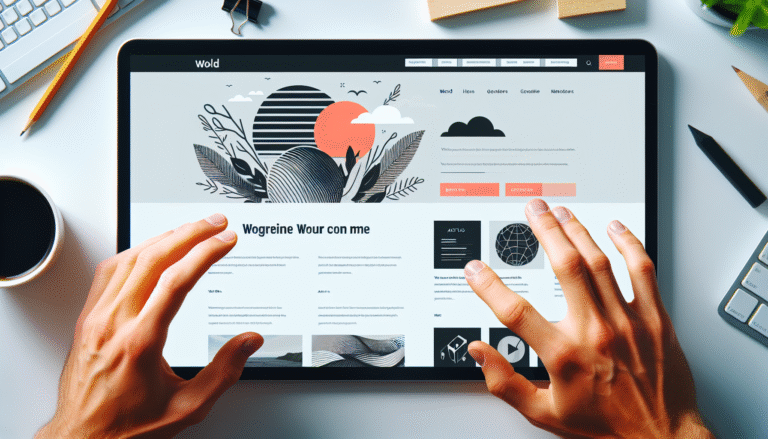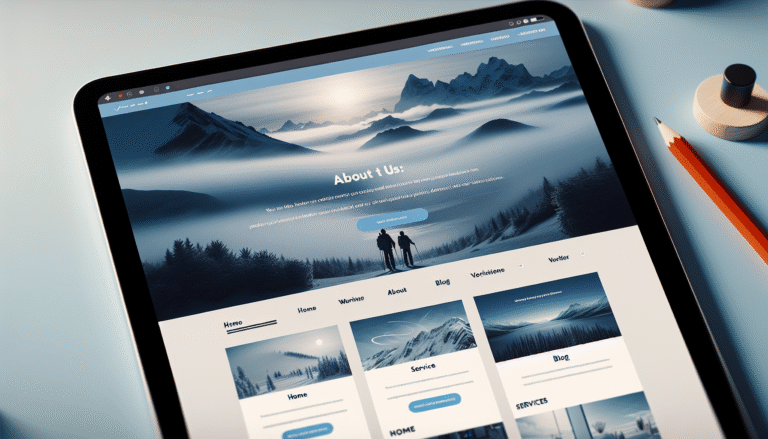
If you’re a designer, chances are you’ve already felt it: the mounting pressure of gig economy platforms like Fiverr and Upwork. These sites promise freedom, flexibility, and endless opportunity—but the reality is often far less glamorous. Instead of empowerment, many designers find themselves underpaid, overworked, and creatively drained.
Let’s take a closer look at what’s really going on.
The Race to the Bottom: When Price Trumps Quality
Freelance marketplaces have become intensely competitive. You’re not just up against seasoned professionals—you’re competing with anyone who has a laptop and is willing to work for next to nothing. Think $5 for a logo. Or a full website.
Clients on these platforms are often more concerned with cost than quality. Your years of experience? Your creative vision? They’re quickly overshadowed by someone willing to do the job for less. The result? A race to the bottom, where the lowest bidder wins and the value of good design gets lost in the shuffle.
The Myth of Freelance Freedom
Freelancing is often sold as the ultimate freedom—choose your own hours, pick your clients, and do what you love. But for many, it feels more like a constant hustle. You’re always bidding, always chasing the next gig, often for inconsistent pay.
Worse still, you’re competing with hundreds of others for each job, many of whom are willing to undercut just to get hired. To stay competitive, you might find yourself lowering your rates—again. That “freedom” starts to feel more like survival.
Fees, Cuts, and Platform Profits
Let’s not forget the platforms themselves. Fiverr and Upwork take a significant cut of your earnings—while simultaneously encouraging you to lower your prices to stay “competitive.” They prioritize low bids, not high quality. Before you know it, you’re doing $500-worth of work for $25, just to stay visible.
You’re no longer seen as a professional; you’re just another profile in an algorithm-driven marketplace. It’s not about your talent—it’s about how cheap you’re willing to be.
Digital Sweatshops: The Hidden Cost of “Remote Work”
While freelancing from home may sound appealing, the reality for many designers is far from ideal. You’re expected to deliver high-quality work at lightning speed, often for minimal pay. It’s a modern version of the sweatshop—except now, it’s digital.
The pressure to produce, the constant deadlines, and the lack of fair compensation all contribute to a high-stress environment. And unlike physical workplaces, there’s no clocking out. The burnout is real—and it’s happening from the comfort of your own living room.
Creativity Takes a Hit
When you’re constantly rushing to meet deadlines and fighting to make ends meet, creativity suffers. You don’t have the time or energy to experiment, innovate, or grow. Instead, you’re stuck churning out work just to stay afloat.
This isn’t what design is supposed to be. True creativity takes time, thought, and space. But in the gig economy, speed and volume are prioritized over originality and quality.
Reputation Becomes a Numbers Game
On these platforms, your reputation is reduced to a star rating and a few client comments. One bad review—often based on unrealistic expectations or shifting project scopes—can tank your visibility and ruin your chances of getting future work.
There’s little room for nuance or negotiation. You’re not being evaluated on your expertise or professionalism, but on whether you met a client’s sometimes arbitrary standards.
The Emotional Toll: More Than Just Dollars
Sure, the financial side of freelancing is tough—but so is the emotional impact. The constant uncertainty. The fear of losing clients. The guilt of charging what you’re actually worth. It all adds up.
You might find yourself working longer hours for less money, doubting your skills, and questioning your career choices. That’s not freedom—it’s exploitation.
Taking Back Control: A Better Way Forward
It’s time for a shift. Design isn’t a commodity, and designers shouldn’t be treated like disposable labor. Here’s how we start to reclaim our value:
1. Move away from relying solely on gig platforms. Seek out clients who respect your skills and are willing to invest in quality.
2. Educate your clients. Help them understand that design is about solving problems and creating impact—not just making things look nice.
3. Set clear boundaries. Know your worth and price your services accordingly.
4. Build your own brand. Let your portfolio and reputation speak for you, not a platform’s algorithm.
5. Focus on quality clients, not quantity. Work with people who value your time, talent, and creativity.
The Bottom Line: You Deserve More
You’re not just a freelancer. You’re a skilled creative professional. It’s time to stop playing the platform game and start demanding the respect—and rates—you deserve.
The gig economy has changed the landscape of design,





